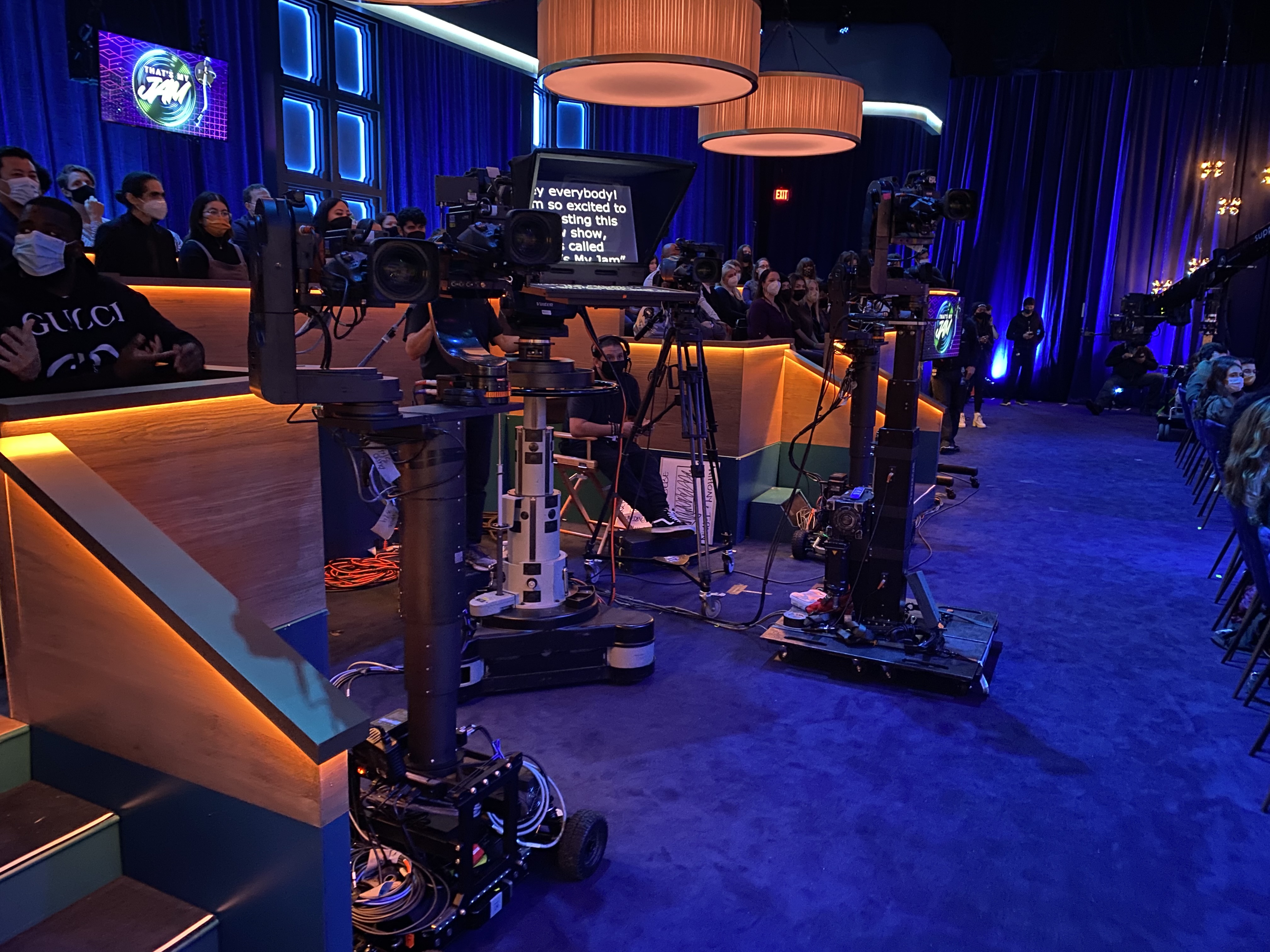RF Interference May Affect Rescue Robots
Elsewhere in this week's RF Report, I outlined the concerns of broadcasters about interference from unlicensed devices to TV transmissions. While some have cited the success of the licensee-free 2.4 GHz band as an example of how unlicensed sharing of spectrum can work, operators of search and rescue robots may disagree.
The National Institute of Science and Technology analyzed data from wireless radio field trials for urban search and rescue robots. Robots use video return links in the 2.4 GHz band and NIST found they were susceptible to interference from 2.4 GHz 820.11b signals as well as high power licensed transmitters operating in other frequency bands. In one case, the 802.11b signal from one robot interfered with the 2.4 GHz video return link from another robot!
The data was collected at the August 2006 urban search and rescue DHS/NIST robot exercise at the Montgomery County Fire Academy in Gaithersburg, Md. The exercise gave emergency responders an opportunity to deploy robots in realistic training scenarios as well as helping robot developers improve their designs. See Conflicting Signals Can Confuse Rescue Robots.
The professional video industry's #1 source for news, trends and product and tech information. Sign up below.
